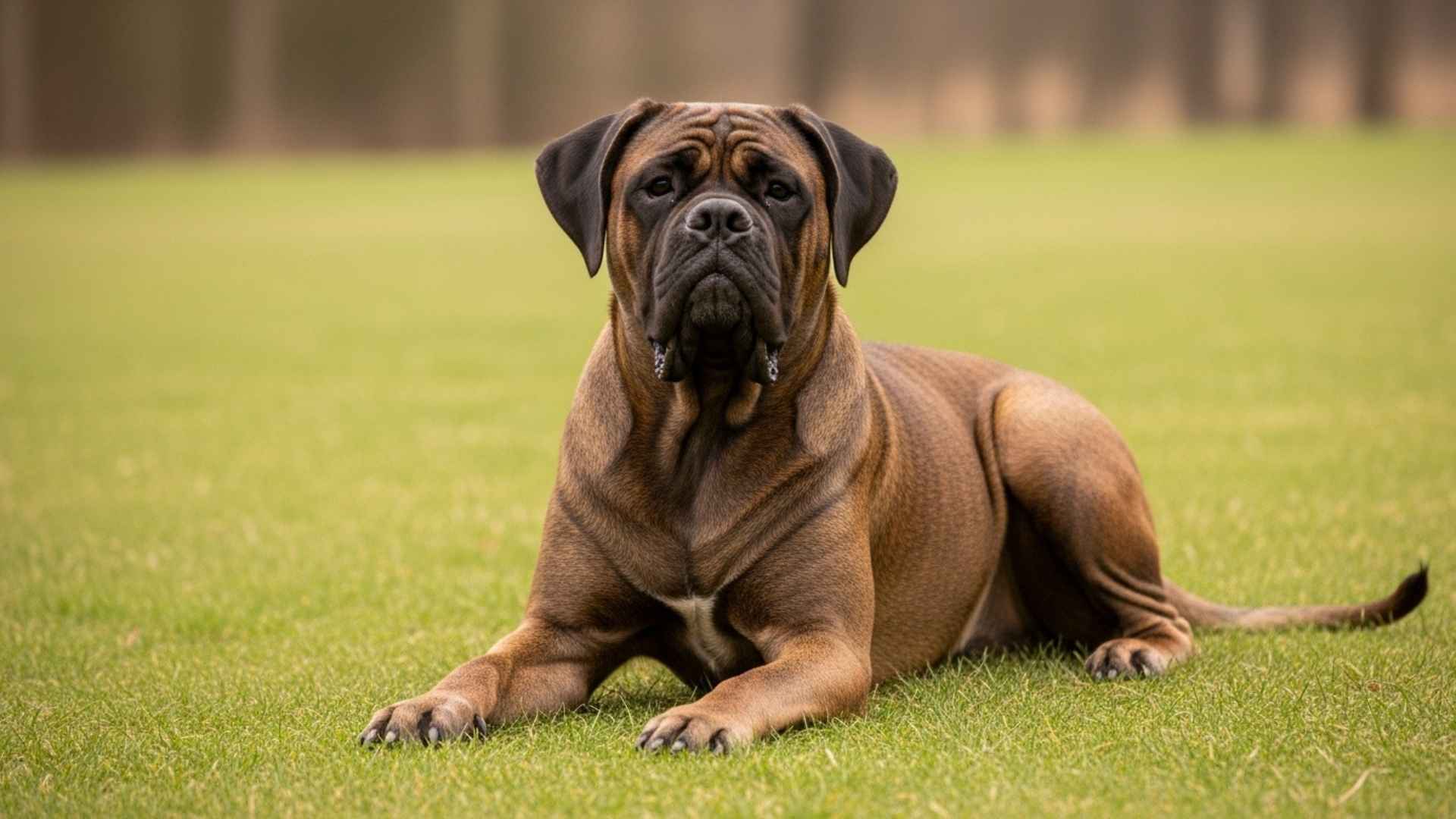Did you know that some dog breeds have an average lifespan of just 6-8 years? It’s shocking to think that our loyal companions, who fill our lives with joy, have such short lives compared to others.
While most dogs live anywhere from 10-15 years, certain breeds face serious health challenges that drastically shorten their lifespans. Research has revealed that the size, genetics, and health issues of specific breeds contribute to these alarmingly brief lives.
These breeds may leave us heartbroken far too soon, but understanding why can help us cherish every moment we have with them.
In this article, we’ll explore seven dog breeds that have surprisingly short lifespans. You may have known some of them, but others might leave you speechless.
Let’s dive into why these breeds face shorter lives and what we can do to give them the best time possible.
Dog Breeds with Alarmingly Short Average Lifetimes
1. Dogue de Bordeaux
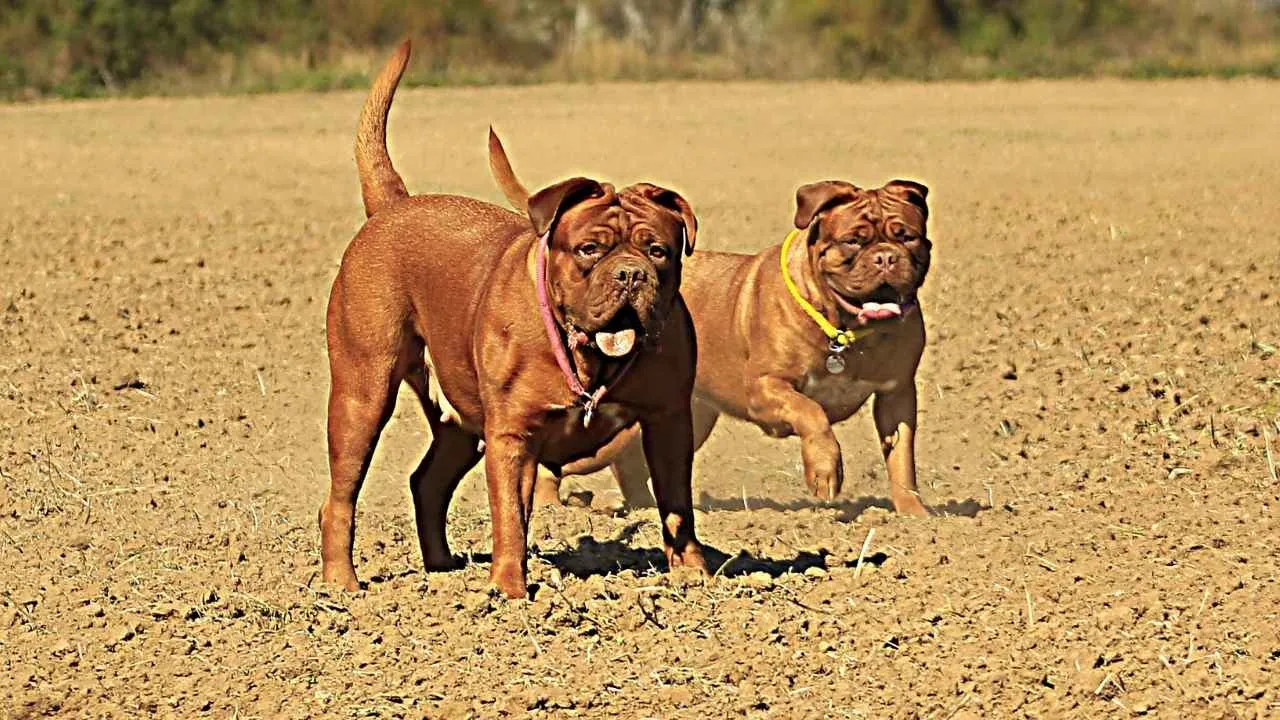
The Dogue de Bordeaux is a majestic yet heavy breed, which often puts it at the top of the list for dogs with short lifespans.
Their large, muscular bodies—often reaching 110 pounds or more—put immense pressure on their joints and organs. Sadly, these physical features, while striking, make them prone to various health issues that shorten their lives.
Common health concerns for the Dogue de Bordeaux include heart disease, hip dysplasia, and bloat, a condition that can be life-threatening.
Regular veterinary care, a well-balanced diet, and moderate exercise are essential to help manage these risks. Be vigilant about keeping them lean to avoid unnecessary strain on their frame.
-
Grooming Needs: Weekly brushing to manage shedding, especially in their dense coats.
-
Diet Needs: High-quality, joint-friendly food rich in glucosamine and omega fatty acids.
-
Vet Care Needs: Regular heart and joint check-ups to catch early signs of disease.
AKC suggests that this breed thrives in homes where they receive love, attention, and a comfortable, low-stress environment. With proper care, you can ensure these gentle giants live the best life possible, even if it’s shorter than most.
2. Irish Wolfhound
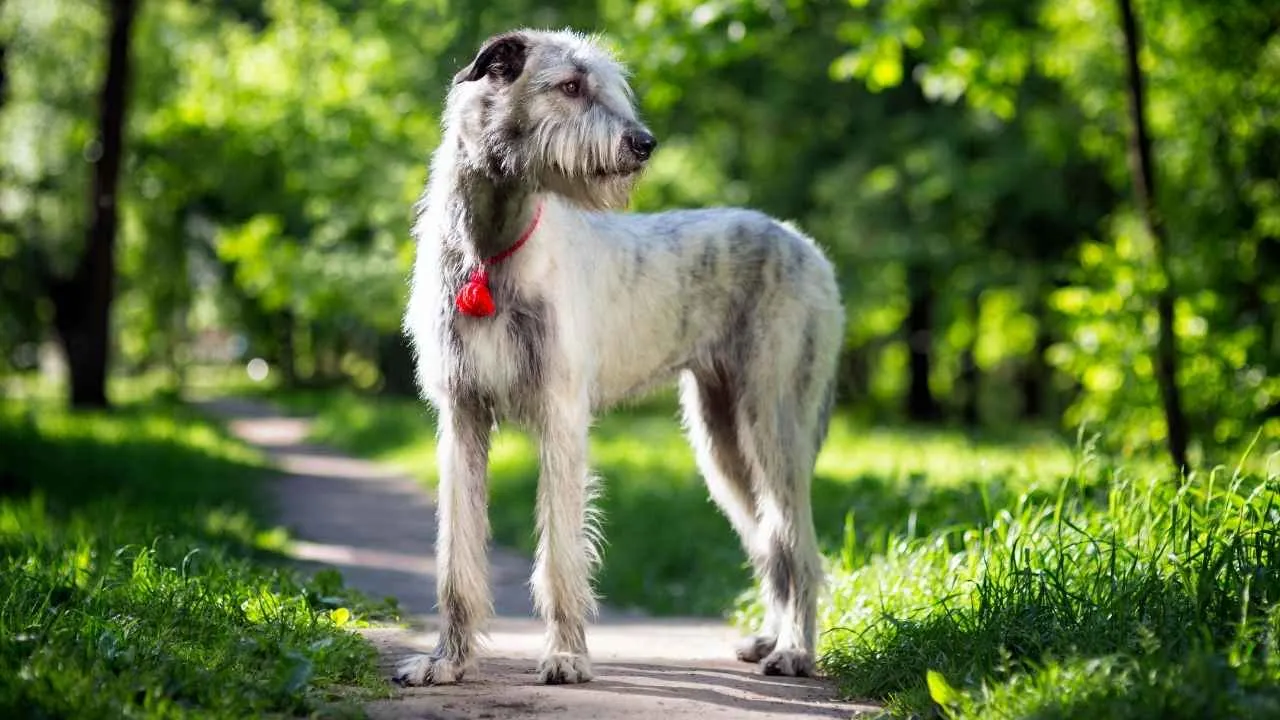
The Irish Wolfhound holds the second spot for a reason—their sheer size and height come with serious consequences for their health and lifespan. Known as one of the tallest dog breeds, these dogs often stand over 30 inches tall and weigh 140 pounds or more.
Their large size means that their organs, bones, and joints experience significant wear and tear, which can contribute to a shortened life expectancy.
WebMD mentions that, unfortunately, the Irish Wolfhound faces numerous health problems, such as heart disease, cancer, and bone issues like osteosarcoma.
Keeping them at a healthy weight and providing them with joint support can improve their quality of life. Regular check-ups, especially as they age, can help catch diseases early.
-
Grooming Needs: Low-maintenance coat; occasional grooming to remove dead hair.
-
Diet Needs: A nutrient-dense diet tailored to large breed dogs, rich in antioxidants.
-
Vet Care Needs: Annual check-ups for heart health and screenings for cancer.
Irish Wolfhounds need space to roam and lots of attention from their families. Their ideal home would be one with room to stretch out and a family dedicated to managing their health with regular vet visits and preventive care.
3. Mastiff
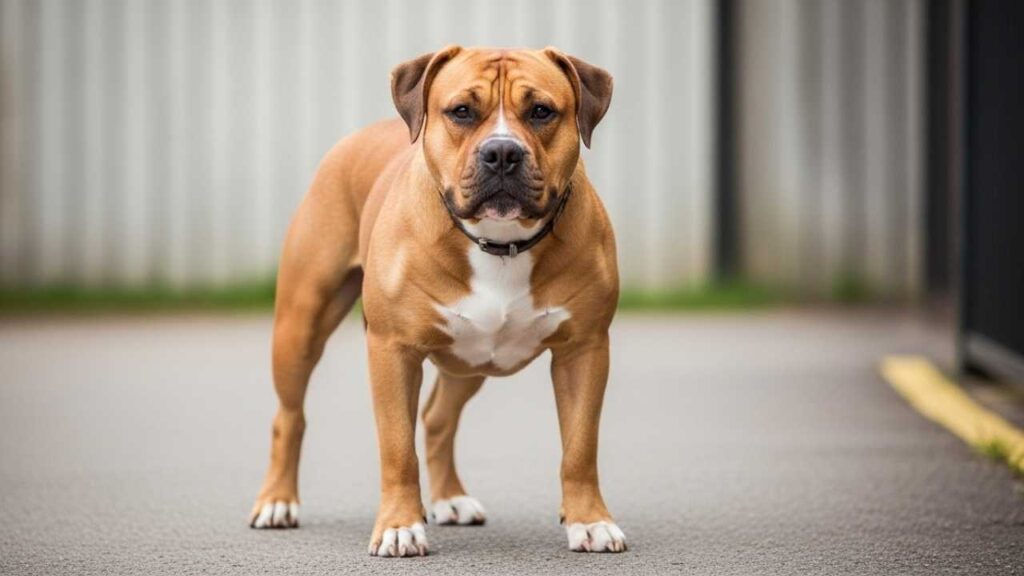
Mastiffs are imposing figures with an even more impressive weight, but sadly, this can contribute to their short lifespan. These dogs can weigh up to 230 pounds, and their sheer size puts immense stress on their heart and joints.
While their calm and gentle nature makes them beloved companions, their large frames make them more vulnerable to health complications that can cut their lives short, averaging 6-10 years.
Britannica notes that common health concerns for Mastiffs include hip dysplasia, bloat, and heart disease.
It’s vital to feed them a carefully controlled diet to maintain their weight and avoid overexerting them physically. Also, regular vet check-ups are a must to catch issues like heart murmurs or joint problems early on.
-
Grooming Needs: Moderate grooming; brushing a few times a week to manage shedding.
-
Diet Needs: High-protein, high-calcium food to support their muscles and bones.
-
Vet Care Needs: Regular heart and joint health assessments, particularly as they age.
Mastiffs thrive in homes with a calm environment and owners who are committed to managing their health and weight carefully. They make excellent companions when given the care and attention they need.
4. Bullmastiff
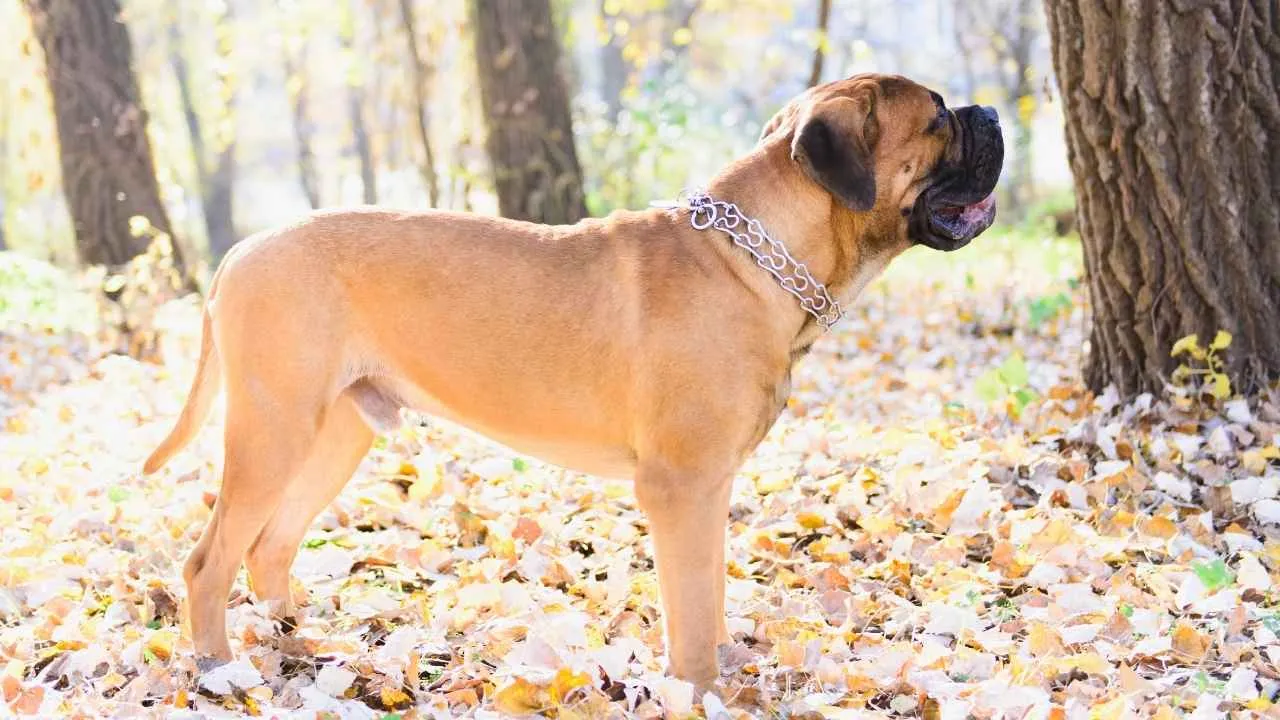
The Bullmastiff is another giant breed, with a slightly smaller build than the Mastiff but still weighing up to 130 pounds. Their solid, muscular body can contribute to various health issues, especially in the joints and heart.
While affectionate and protective, these traits make them more prone to heart disease and skeletal problems, reducing their life expectancy to about 8-10 years.
Bullmastiffs are often prone to hip dysplasia, heart disease, and bloat, which can lead to painful and expensive treatments.
Careful attention to their weight, as well as providing proper joint care, can help alleviate some of these risks. Nutritional supplements like glucosamine for joint health can also play a role in longevity.
-
Grooming Needs: Moderate grooming; regular brushing to keep their short coat healthy.
-
Diet Needs: A balanced diet rich in proteins and healthy fats to support muscle and joint health.
-
Vet Care Needs: Regular check-ups for heart conditions and joint evaluations.
The ideal home for a Bullmastiff offers a calm, structured environment and owners who are committed to providing consistent health care and love. They need their space, but also thrive in family settings.
5. Bernese Mountain Dog

The Bernese Mountain Dog is as beautiful as it is affectionate, but its large size unfortunately leads to a shorter lifespan.
Despite being one of the most loyal and gentle breeds, these dogs are prone to various health concerns due to their size. They typically live around 6-8 years, making them one of the breeds with the shortest lifespans.
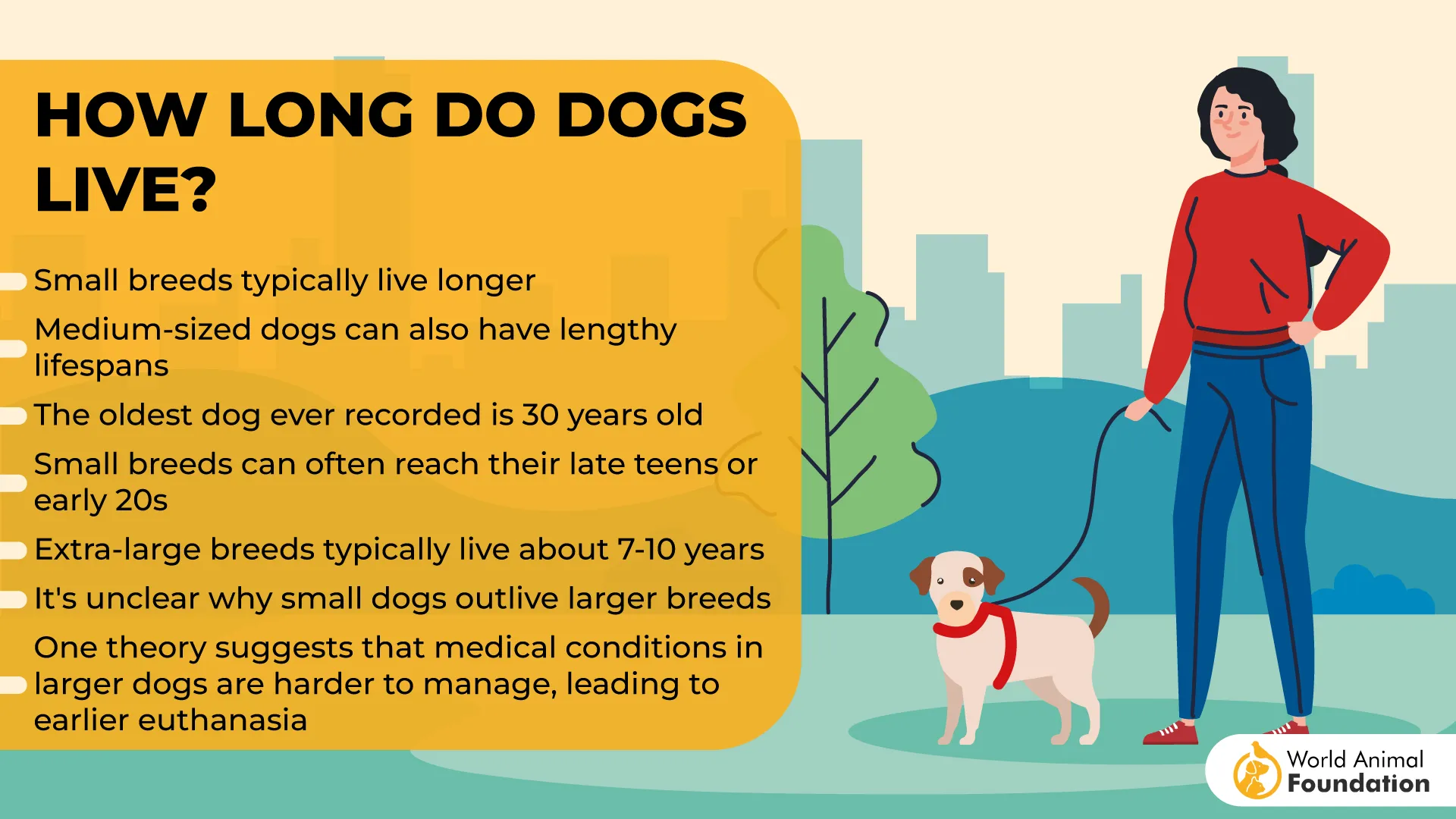
Their health issues often include cancer, hip dysplasia, and elbow dysplasia. Maintaining a healthy weight is crucial for this breed to reduce the strain on their joints and prevent the early onset of disease. Regular veterinary check-ups and a well-rounded diet are important to catch early signs of health decline.
-
Grooming Needs: High grooming needs; frequent brushing due to their thick, double-layered coat.
-
Diet Needs: High-quality food rich in joint-supporting nutrients like glucosamine and omega-3s.
-
Vet Care Needs: Regular screenings for cancer and joint problems, especially after the age of 5.
They thrive in homes with large yards where they can exercise at a moderate pace. Bernese Mountain Dogs are happiest with families who are prepared to manage their health proactively, ensuring they lead comfortable lives despite their shortened lifespan.
6. Great Dane
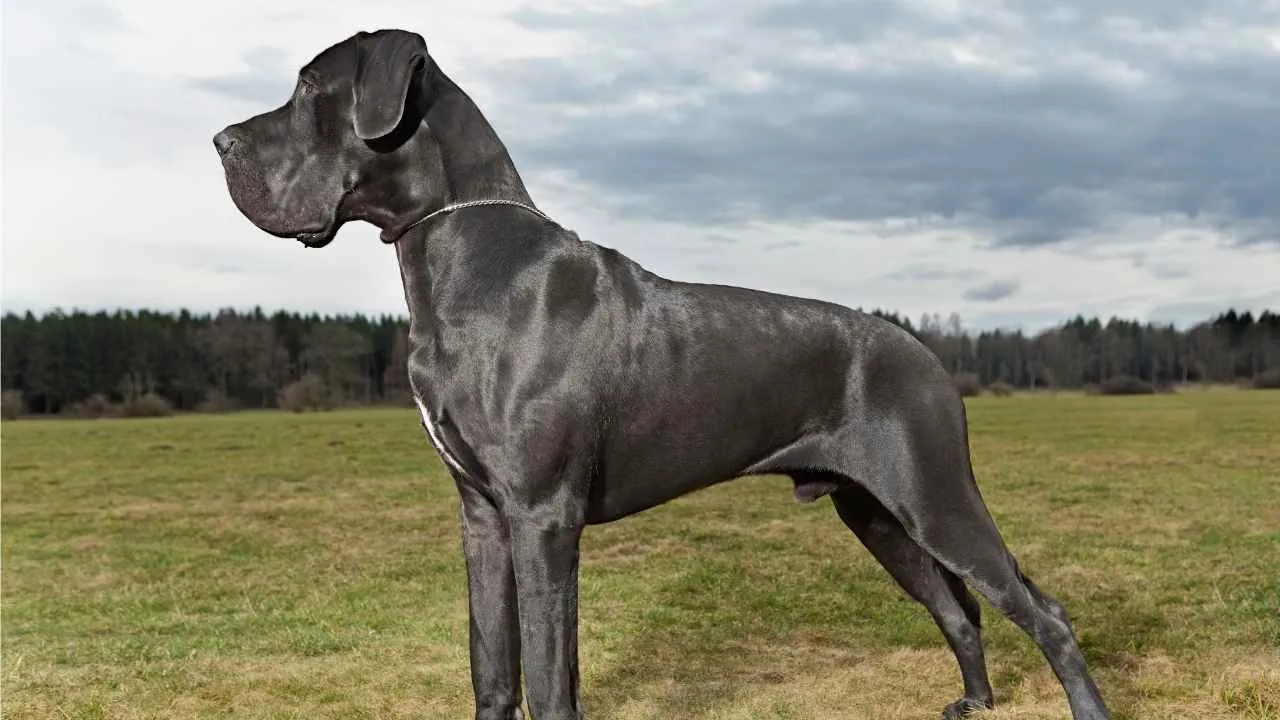
The Great Dane is another giant breed known for its impressive size and shorter lifespan. Standing over 30 inches tall and often weighing over 100 pounds, Great Danes are physically predisposed to health complications that limit their life expectancy, typically ranging between 7 and 10 years.
Despite their affectionate and friendly nature, their size makes them prone to heart disease and skeletal issues.
Health concerns for the Great Dane include bloat, heart disease, and hip dysplasia. Providing them with a nutritious diet and regular vet visits is essential in managing these issues. Regular exercise to keep their muscles toned but not overstrained is important for maintaining their health.
-
Grooming Needs: Minimal grooming; occasional brushing to remove loose hair.
-
Diet Needs: Large breed formula to support their joints and heart health.
-
Vet Care Needs: Frequent heart health check-ups, especially given their susceptibility to cardiomyopathy.
Great Danes need ample space to stretch their long limbs and a calm, loving home environment. These majestic dogs require careful attention to their health to help them live their best, albeit short, lives.
7. Saint Bernard

The Saint Bernard, known for its massive size and friendly disposition, unfortunately suffers from the same health risks as other giant breeds.
While these gentle giants have a reputation for their caring nature, their large frames put immense stress on their joints, heart, and organs. Their lifespan is typically between 7 to 10 years, with many passing away sooner due to common health issues.
They are particularly susceptible to hip dysplasia, heart disease, and bloat. Ensuring a healthy weight and preventing over-exertion is key to helping these dogs live longer, healthier lives. Regular vet visits and a tailored diet to maintain their health can be life-saving.
-
Grooming Needs: High grooming needs; regular brushing to maintain their thick, dense fur.
-
Diet Needs: Nutrient-rich food to support joint health and avoid weight gain.
-
Vet Care Needs: Frequent heart screenings and joint check-ups to catch early signs of disease.
Saint Bernards need space and a family willing to provide proper care and attention. With the right support, they can live out their days as the affectionate, loyal companions they are known to be.
FAQs
Are short-lifespan breeds good choices for first-time dog owners?
Short-lifespan breeds, especially larger dogs, can be challenging for first-time owners due to their health risks and specific care needs. However, if you’re committed to providing proper care and attention, they can still make great, loving companions.
Is lifespan directly related to the size of the breed?
Yes, generally, larger dog breeds tend to have shorter lifespans compared to smaller breeds. Larger dogs are more prone to health issues like heart problems and joint issues, which can shorten their lives.
Can proper care extend the lives of these short-lived breeds?
Absolutely! Providing a balanced diet tailored to the dog’s needs, regular vet check-ups, and early detection of health conditions can help improve their quality of life and possibly extend their lifespan.
Conclusion
When choosing a dog, prospective dog owners must consider the short life expectancy of certain breeds, especially larger dogs like the Neapolitan Mastiff and Scottish Deerhound. Many of these breeds face health conditions like canine hip dysplasia and bone cancer, which can significantly impact their lifespan.
Providing a proper diet and early care can help manage potential health issues and improve your dog’s quality of life. Whether you choose a loving breed like the Cavalier King Charles Spaniel or a big dog like the American Bulldog, prioritizing their health is key.
By considering a balanced diet tailored to your dog’s needs and lifestyle, you can give your furry friend the best chance for a longer, healthier life.


